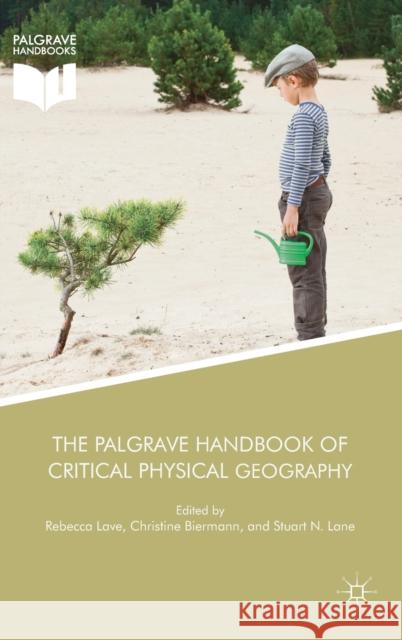The Palgrave Handbook of Critical Physical Geography » książka
topmenu
The Palgrave Handbook of Critical Physical Geography
ISBN-13: 9783319714608 / Angielski / Twarda / 2018 / 594 str.
Kategorie BISAC:
Wydawca:
Palgrave MacMillan
Język:
Angielski
ISBN-13:
9783319714608
Rok wydania:
2018
Wydanie:
2018
Ilość stron:
594
Waga:
1.04 kg
Wymiary:
23.39 x 15.6 x 3.33
Oprawa:
Twarda
Wolumenów:
01
Dodatkowe informacje:
Wydanie ilustrowane











